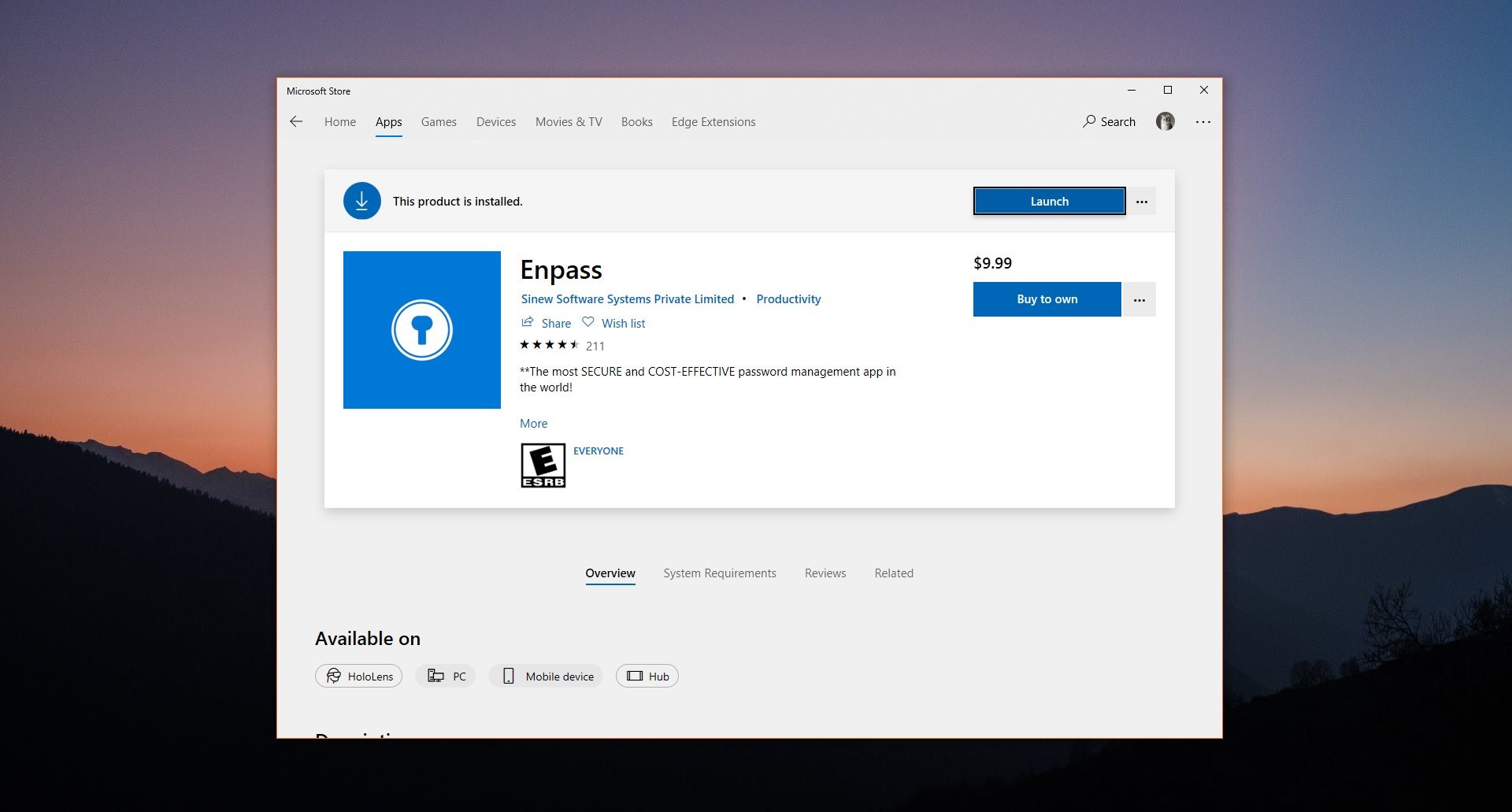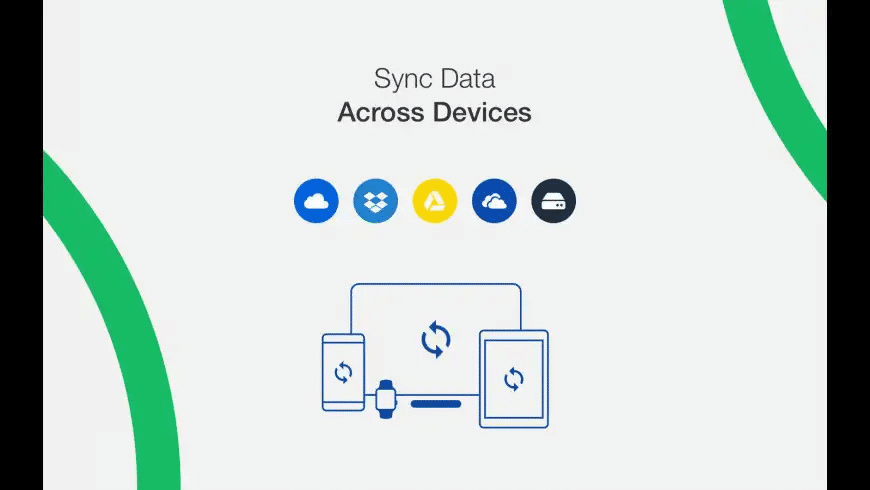

So we have to map the fields from Enpass to KeePass in a way that cannot be reversed unabmiguously:Įverything else should not just be dumped into the notes field, but rather stick to the following format: \n. While that's unlikely in Enpass, too, there is no guarantee that it won't happen. Also, there is no way to have multiple URLs, Usernames, or Passwords in KeePass. Group, Last Modified, and Created are not contained in the Enpass export file at all. These are the settings we can adjust, when importing a CSV file through KeePassXC:

That will not only make the task manageable for me in the first place (having 662 entries in my Enpass db), but also help other people who want to migrate from Enpass to KeePass, too. I'm going to write a script to automate that process. So we have to fit our Enpass export into that scheme. KeePassXC allows us to import rather typical CSV files, making the assumption that each column represents the same field across all rows. The header row of the above table, which stem from an actual Enpass csv export file, demonstrates this: The titles do not necessarily correspond to the values below them, and they do not contain the names of the data fields available in Enpass. Thus, we cannot interpret this file as typical CSV data. Furthermore, each row can have a different number of columns.
Enpass solutions password#
So an export can look something like Never use this – it's eeeeevil Also Almost as evil"Īs you can see, the username of one record can be in the same column as the password (or any other field) of another record. All other fields of the original entry are represented by two csv columns, where columns with even numbers contain a field's name and the subsequent odd-numbered column contains the field's value. So how do they do it? The first column always contains the title of the entry, while the last column may contain the notes field (if the entry contained notes). Thus, CSV is not really the best format to represent that data, but it still works. This is understandable, as an single record in Enpass can contain an arbitrary number of fields, which the user can give any name they like. Why halfhearted? Because it's not typical tabular data with fixed columns, but rather stores an arbitrary number of columns with rows that don't necessarily correspond to each other. The latter format seems to be intended for humans, while the former can be halfheartedly read by machines. If you need to convert old style Enpass CSV exports, use v1.0 of the conversion script.Įnpass (pre-v6) offers two export formats: csv and plain text. Update: Enpass now supports JSON export, which current versions of the above linked script handle correctly. But it's not even that simple… Export Format Sadly, i have to say goodbye to a good piece of software.
Enpass solutions android#
Today, i'm banning google from my Android phone and thus had to realize that Enpass' Pro version strictly requires Google Play Services.


 0 kommentar(er)
0 kommentar(er)
